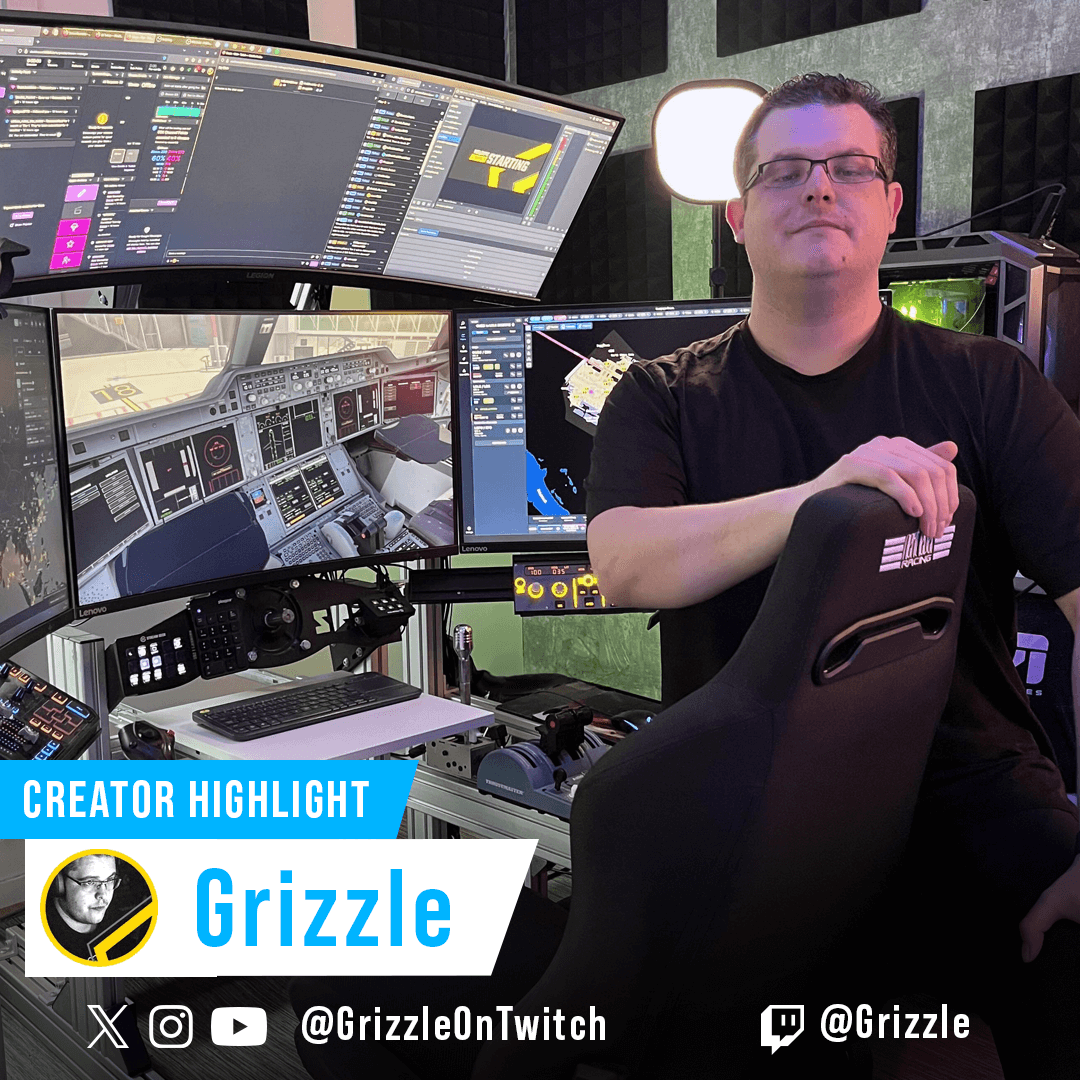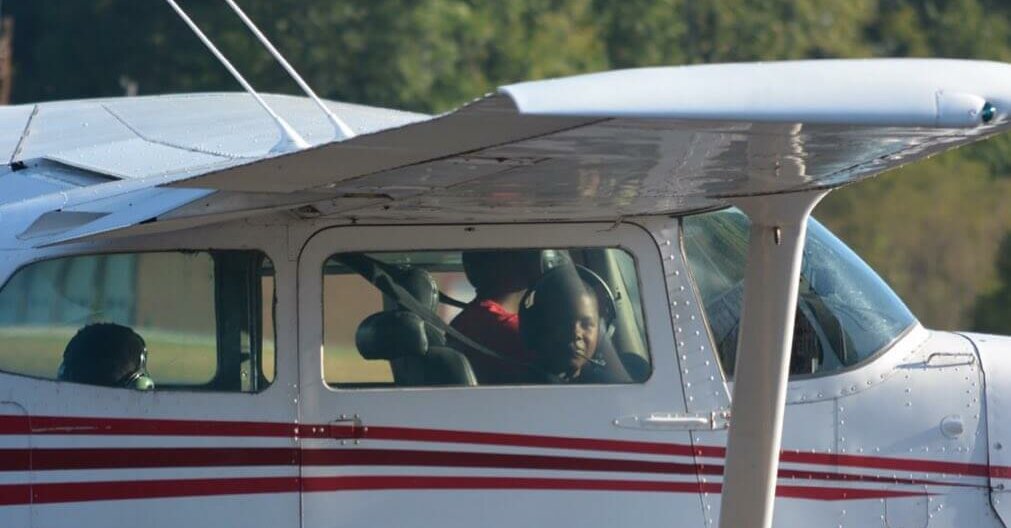In Celebration of Black History Month
We often talk about the “firsts” in history. The first person to fly. The first successful flight in an aircraft. The first woman pilot. The first Black pilot. These historic leaps tend to mark a great achievement that we celebrate year after year, remembering names like Bessie Coleman, the first African–American woman and first Native-American to hold a pilot license, or The Tuskegee Airmen, the first Black military aviators in the U.S. Army Air Corps. How do these big “firsts” affect the decisions of future men and women in the field, and what are the direct results of these fearless pioneers in aviation history?
Meet First Officer Courtland Savage. His list of accomplishments in aviation are endless – after obtaining a private pilot’s license at the age of 17, he served in the U.S. Air Force Reserve and became crew chief on a Boeing C-17 Globemaster. He received a degree from Embry-Riddle Aeronautical University and rose to the top of his class in the U.S. Navy Officer Candidate School on a T-45 Goshawk and F/A-18. He is now a pilot for a regional airline and in his spare time, runs the nonprofit Fly for the Culture. The focus of his nonprofit is to promote diversity and inclusion in aviation and give children of diverse backgrounds a chance to fly.
We asked Savage about his introduction to aviation. “I never thought about being a pilot growing up. Aviation is something that is not presented to people who look like me. What sparked my interest was a joke/bet I made with my friends in 2008, when President Barack Obama was running for office. ‘If a black man becomes President, I am going to fly a plane.’ I just said the most farfetched thing I could think of and I lost the bet. I googled a local flight school and went up on an introductory flight. We didn’t even reach 1000 feet, before I fell in love with aviation.”
One statistic shared in his video below really stood out to us. According to the United States Department of Labor, of all currently employed aircraft pilots and flight engineers, only 9% are women and less than 3% are African-American.
Even though Bessie Coleman became the first black aviator in 1921 (18 years after Wilbur and Orville Wright took flight), to this day there is a very apparent lack of diversity in aviation. To achieve her dream, Coleman had to move all the way to France to be accepted into a flight school as no one would train her in the United States. And now, 100 years later, Savage has experienced first-hand the significant lack of diversity in aviation.
“Personally, I believe if companies and organizations are serious about diversity and inclusion, then the best way to help is by starting at the top. If you do not have diverse leadership, then how can you have a diverse company? Leadership to me is a direct reflection of the company. Women know best how to engage other women hence why it’s nice to have female leadership, the same can be applied with different ethnic groups.”
Before he founded his nonprofit, Savage would invite kids on an introductory flight on his own dime. Now, with help of donations to his non-profit, he is able to help children all around the country. Fly for the Culture collaborates with airlines, airports, and others, to offer tours of aviation-related facilities to children to expose them to something they might not have been introduced to otherwise. He also spends time promoting diverse pilots, flight engineers, military aviation heroes, and more on social media.
“I have seen incredible results. My goal was just to let others that look like me know it is possible. I also wanted to get more women into aviation due to the lack of female pilots, and fun fact is that I was introduced and trained to fly by a female certified flight instructor myself.”
We asked Savage if he thought simulators play a significant role in inspiring future pilots. He responded, “Many would say it is a game but for me it was an especially useful tool that helped me with my flight training. Simulators are how pilots train. Many do not know that an airline pilot’s first flight on their aircraft is a regular revenue flight with passengers. All our training is done in a simulator, it’s the same for a lot of military aircraft.”
We at Microsoft Flight Simulator also seek to inspire a new generation of aviators, and our hats are off to the amazing work Courtland Savage is doing with Fly for the Culture. While we still have a long way to go to change the statistic, we are truly thankful to those pioneers like Brave Bessie, who never gave up on her dream to fly, and Courtland Savage, who isn’t giving up on his dream to educate underprivileged children that they too, can fly. Learn more about his nonprofit. Fly for the Culture, here. Any donations go straight to funding their mission and goal of getting young people in the seat of an aircraft.



